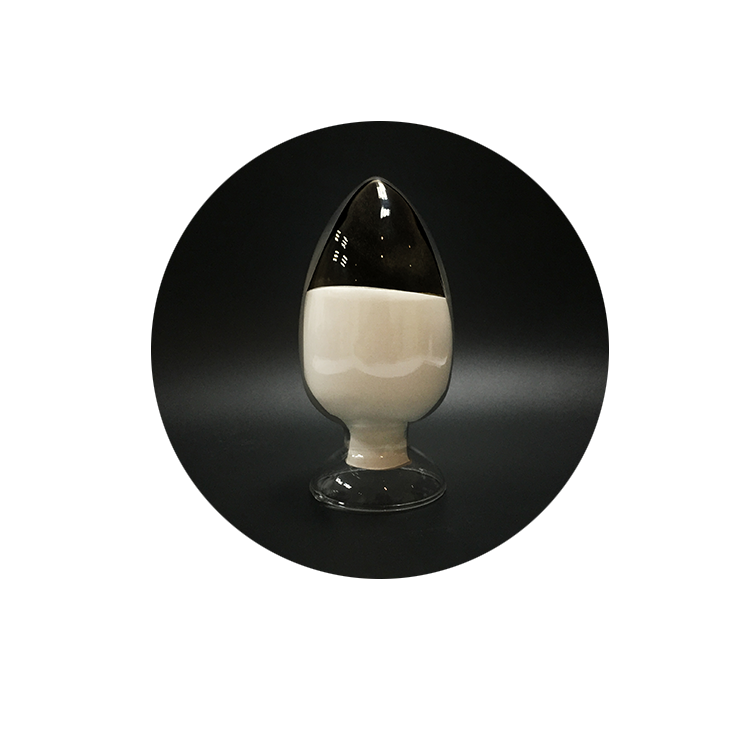Difference Between Lipase and Amylase
Ⅰ. The difference between lipase and amylase
The difference between lipase and amylase is huge. Amylase is a digestive enzyme that aids in the breakdown of polysaccharide molecules found in food. Lipase is a digestive enzyme that plays a vital role in the digestion of fat in food. They are mainly produced by the pancreas but can also come from the stomach, small intestine mucosa, lungs, etc. Generally, most lipase enters the digestive tract with the digestive juice, and a little can enter the blood circulation. Unlike amylase, it is usually only detected in the blood and not in the urine.
Elevated blood amylase and blood lipase are most common in acute pancreatitis, but their increase is not necessarily acute pancreatitis. Acute pancreatitis usually manifests as blood amylase and lipase at least three times higher than normal's upper limit and is often accompanied by sharp, sudden, continuous, severe upper abdominal pain. B-ultrasound/CT suggest changes in acute pancreatitis. After bile duct surgery, amylase and lipase may increase to a certain extent. Since there are no apparent symptoms, it is generally not relevant, but you must pay attention to the review and the light diet.
Ⅱ. The characteristics of amylase
Amylase is a broad name encompassing enzymes that break down starch and glycogen. It mainly uses amylase hydrolysis to hydrolyze starch slurry on fabrics. The desizing rate of enzyme desizing is high, and desizing is fast, thanks to the high efficiency and specificity of amylase. There is less pollution, the product is softer than acid and alkali techniques, and it does not damage the fiber. Amylase comes in a variety of forms. The equipment combination and process flow change depending on the cloth. Desizing processes now in use include dipping, stacking, jig dyeing, continuous washing, and others. Because amylase desizing has a minor mechanical effect,
Ⅲ. Foods containing lipase
Digestive enzymes are necessary for the digestion process because they break down molecules such as fat, protein, and carbohydrates into smaller molecules that are easier to absorb. Lipase can break down fat into three fatty acids and a glycerol molecule. Eating foods high in natural digestive enzymes can help improve digestibility. There are 12 kinds of foods containing natural digestive enzymes: papaya, pineapple, mango, honey, avocado, banana, kefir, sauerkraut, kimchi, miso, kiwi, and ginger.


